How Much Does a Bench Press Bar Weigh?

Most chest-thumping, jacked, gym bros will readily stack 400 lbs. of weight on their bench press bars and boast about it for weeks to come.
But ask them about the actual weight of the bench press bar and they’ll scratch their heads in confusion.
One guy who was built like a silverback gorilla and boasted of the Amateur deadlifting record in our county, even asked us why it was relevant.
Well, it is one of the most relevant and fundamental things to know about, especially if you care about accuracy.
Moreover, there’s a clinical study from the ‘Journal of Strength and Conditioning Research’ that reveals the exact muscle groups that get involved when you start to move extremely heavy weight.
You’d be surprised to know that when you bench really heavy weights, you might involuntarily be shifting the focus from your pectoralis to your deltoids.
How much weight are you really lifting? Are you including the weight of the bar in your lifts?
If yes, how much are you adding to it?
If no, then why not?
Let’s decode this mystery once and for all.
How Much Does a Bench Press Bar Weigh?
That depends on the type of bar you are using.
Oh yes, there’s more than one variety of bar used for bench pressing.
Some people even bench press with a small barbell bar normally used for bicep curls.
Understandably, not all of these weigh the same.
The Standard Bench Press Bar Weight
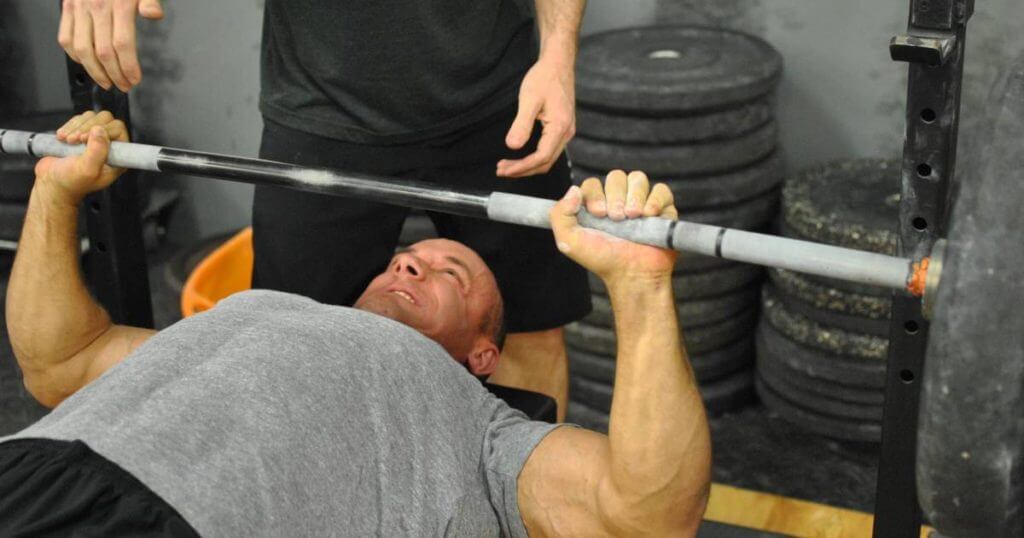
The Standard bench press bar is most likely the one that you have been using unless you can differentiate between this and an Olympic bar. No offense meant to anybody.
But there are many lifters who do not know this difference.
The Standard Bench press bar is a flat and rigid one that has very little whip (We’ll talk about whip in a bit) under heavy loads. Now, if you’re used to short barbells, this is gonna feel a little bit different.
It is mostly 7 feet long although some brands and models can measure a few inches more.
It is what you’d call, the Garden variety of barbells that you shouldn’t miss in your home gym setup as it can be used for a multitude of exercises including the bench press, the overhead press, squat, and deadlift (light loads only).
For those who bench and squat on the same day, this bar should double for both workouts without any concerns at all.
The best brands use American steel and weigh 45 lbs. or 20.4 Kilograms. Some cheap barbells can be made of lower-grade steel and weigh as less as 20 lbs.
These are suited for light loads at best.
Keeping it simple, just remember that the most common standard barbells weigh 45 lbs.
Some thicker variations for working on the grip can weigh as much as 55 lbs. And so are the differences in weight for other bars, such as the trap bar weight, and the smith machine bar weight.
All you got to do is be sure you know the weight of any bar you’re using.
It is also highly recommended that you check the max weight load of the bar before loading plates on them.
Most standard bench press bars come with a weight capacity of 600 lbs. Whereas commercial-grade ones have a max weight load capacity of 1200 lbs.
Here are some varieties of bars that are commonly used for bench pressing.
- The bench press bar: Some fitness centers use a variation of the standard bar that is designed specifically for the bench press. These bars usually have a thicker diameter and offer very little or no whip at all. This allows a full range of motion during pressing exercises like the bench press and the overhead press. The knurling is deep and is on the sides only to allow you a firm grip.
- Squat Bar: These are very similar to the bench press bars. The only difference is that the knurling is limited to the center as it will prevent the bar from sliding downwards when you rest it on your shoulders. Squat bars also offer a very low whip.
- Deadlift Bar: Deadlift bars have a narrow diameter and offer the maximum whip which allows you to lift the weight off the ground in one explosive motion. Deadlift bars can be used for bench pressing. But is not recommended due to the additional whip which can interfere with the range of motion you need. Standard deadlift bars weigh in at 44 lbs.
Olympic bench press bar weight

The Olympic bar is the gold standard for competitive weightlifting. But it may not be the best choice for bench pressing.
The reason is the additional whip that these bars have to accommodate the explosive catch motions during movements like the clean, power clean, and jerk.
If you do decide to bench with an Olympic barbell, it is recommended that you start with a low weight and gain some practice to understand how the whip affects the range of motion.
One of the best aspects of Olympic bars is the sleeve. Unlike those bushing bars, the bearing design on these ones help the bar to spin when you lift it. If you have wrist issues that limit your range of motion during the bench press, this may be your ticket out of it.
An Olympic bar weighs 45 lbs. and has lighter knurling on the sides. However, these are usually a lot sturdier than standard bars and are preferred by competitive lifters or the biggest guys in the gym.
Can you bench press weights with a curl bar?

Sure. You can.
Is it ideal? Not really.
The Curl Bar or the EZ curl bar is designed to let you use the supinated grip that helps take the strain off your wrists.
It is ideally suited for exercises that engage smaller muscle groups with lighter weights. If you have done reverse curls, hammer curls or regular curls then you know what I’m talking about.
The biceps or triceps, for example.
The pectoralis major is a different beast altogether.
But if you cannot wrap your head around it, then you can do a close-grip bench press with a curl bar. Remember to keep your elbows tucked in close as you lower the bar. You do not want it to flare outwards. You are looking to achieve muscle growth, not a fast-track ticket to injury.
Also, ensure that you have a spotter in case you cannot fit the bar in a rack.
Standard, and EZ curl bars weigh anywhere between 11 to 15 lbs.
Olympic curl bars on the other hand weigh 18 to 25 lbs.
Can you do the bench press with a Swiss bar?
Some people have severe shoulder pain while performing the bench press with a standard bench press bar.
Not only does using a straight bar require a fair bit of strength, but it also needs flexible shoulder muscles.
If your shoulder muscles are tight, you’ll have a tough time doing the barbell version of either the chest press or bench press. Dumbbells will be slightly easier.
Only slightly though.
The Swiss Bar, also known as the American Bar has multiple handles that you can hold on to for the bench press. You can use a neutral grip, one turned inwards, a wide grip, a close one as well as something right in between.
It’s a terrific way to bring some variation into your chest workouts.
By the way, Swiss bars weigh around 35 lbs. which is lighter than the standard bench press barbell bar.
What is Whip?
Whip is defined as the difference in the yield and the tensile strength of a barbell.
But that’s just jargon for the average joe like me.
In simple terms, it is the flex that the bar has.
Some bars, like Olympic bars have more flex or bend as compared to standard bars. That’s because these bars are used by professional lifters for moves like snatch, clean and jerk and the deadlift.
Bars used for the bench press do not need to whip.
FAQ Beginners Have About Bench Press Bars & Their Weights
Here are the most common questions asked by beginners about bench press bars and their weights.
When people ask “how much you bench?”, do you include the weight of the bench press bar?
Absolutely.
Irrespective of which variety of bar you use to do the bench press, you are lifting more than what the plates weigh.
It could be 45 lbs. on the standard bench press bar or 35 lbs. on a Swiss Bar.
But its weight.
Most newbie lifters are asked to start with an empty bar without plates.
If the weight of the bar was not to be considered, then they would be training with PVC pipes instead.
Don’t let anybody fool you into believing that you shouldn’t be adding the weight of the bar to your total lifts.
How Much Weight Should I Be Able to Bench Press?
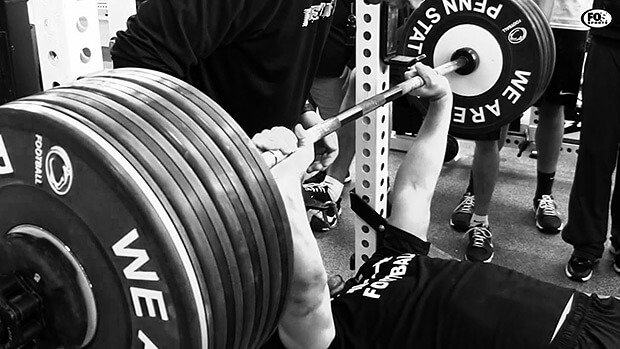
The weight you can bench has for long been associated with your strength and expertise as a bodybuilder or competitive lifter.
The heavier you bench, the more bragging rights you get.
The fact is that you do not necessarily need to bench a lot to have well-developed pectorals.
But if you wish to know the averages, then here are some numbers to use as a ballpark.
If you weigh 198 lbs. which is the average weight of an American male, you should be able to bench a bare minimum of 135 lbs. That’s if you are untrained.
If you are a novice lifter, then that number jumps up to 175 lbs.
Intermediate lifters are expected to lift 215. It’s 290 lbs. for more advanced lifters.
Lastly, you have elite professionals who can easily bench 330 lbs. and more.
Like we mentioned earlier, don’t get too hung up over these numbers.
Work on your form, get tons of practice, eat well, rest well and ensure that you lift to fatigue whenever you bench. The results will come.
How much do the bench press bar weight collars weigh?
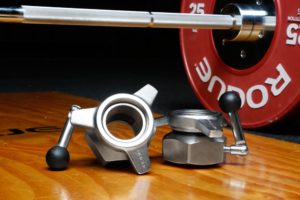
There are many different types of collars that can be used with bench press bars.
Right from cheap spring collars to clamps to lockjaw collars to proloc, these collars do not have a standardized weight.
The weight depends completely on the brand and the type of steel they use in the manufacturing process.
Collars used in professional weight lifting though do have a standard weight.
Weighted collars used for professional Olympic barbells for example, weigh 2.5 kilos. These are also available in a lighter weight variety that weighs 2.5 lbs.
You need to remember that if you are using these you will be adding 5 kilos or 5 lbs. to your total weight. Don’t forget to add the weight of the collar.
Related Readings:
- Tactical Barbell Review, Results, Pdf Download
- One Set to Failure Everyday
- Best Place to Buy Weights & Dumbbells
- Punching Bag Stands With Pull Up Bar
- Should You Workout 6 Days a Week?
- Single Set Training; What Is It? What Are Its Perks? Should You Be Doing It?
Ben Mayz
Hi there! I'm Ben, main author and chief editor at Fitlifefanatics.com. I have been obsessed with Strength Training and Fitness for 18 years now.
My passion for living a happy fit lifestyle is what made me realize that fitness is what I wanted for my future.
I went on to earn my Masters in Sports Training & Biomechanics.
My passion for Strength training & fitness and my love of helping others is what made me start Fitlifefanatics.
Here, myself, and a team of specialist aim to provide the most accurate, and actionable information possible in hopes to help foster the fitness community forward.
You can learn more about Fitlifefanatics on our About Page
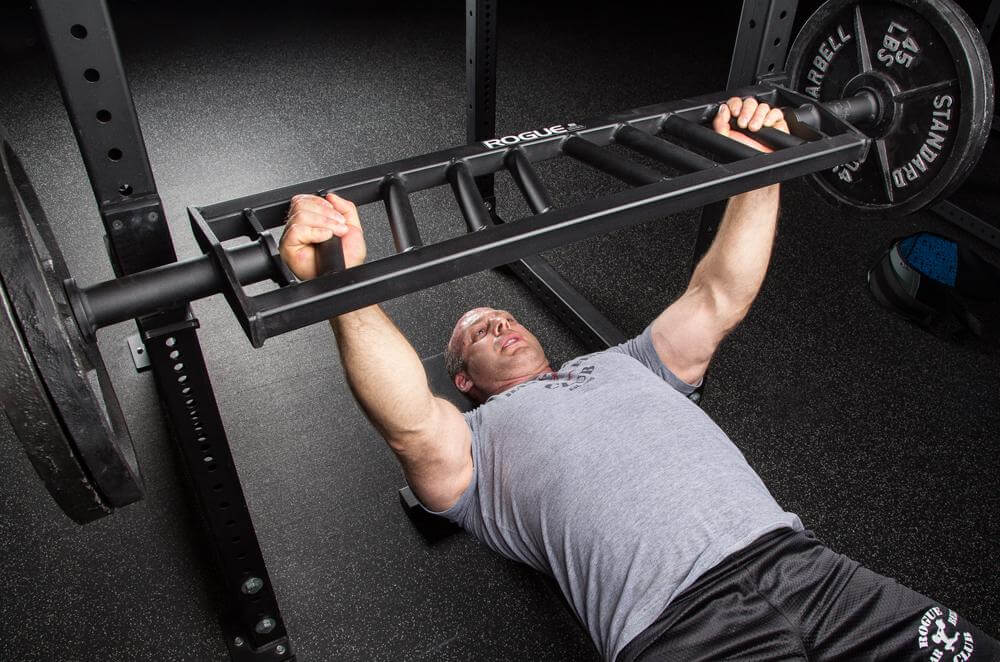
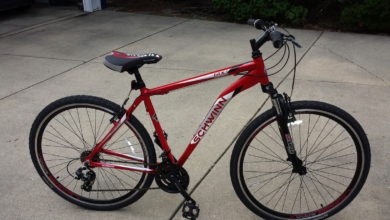









I don’t think the title of your article matches the content lol. Just kidding, mainly because I had some doubts after reading the article.